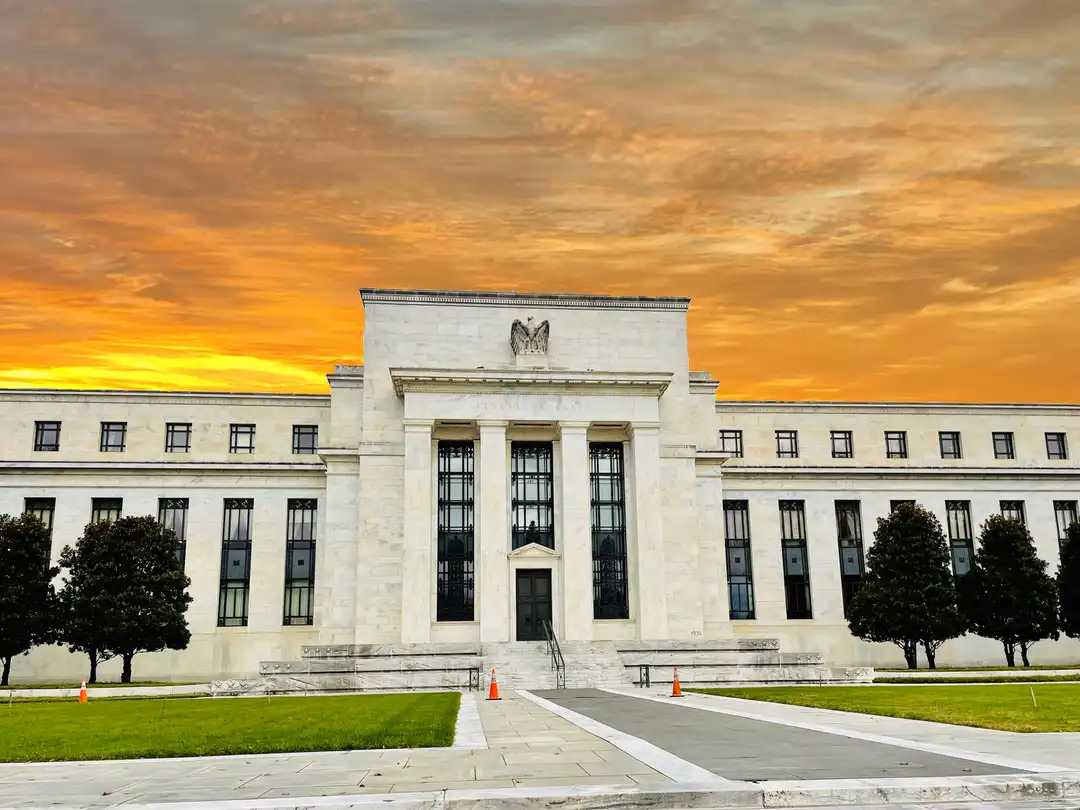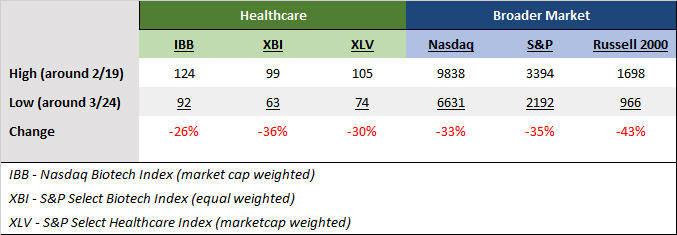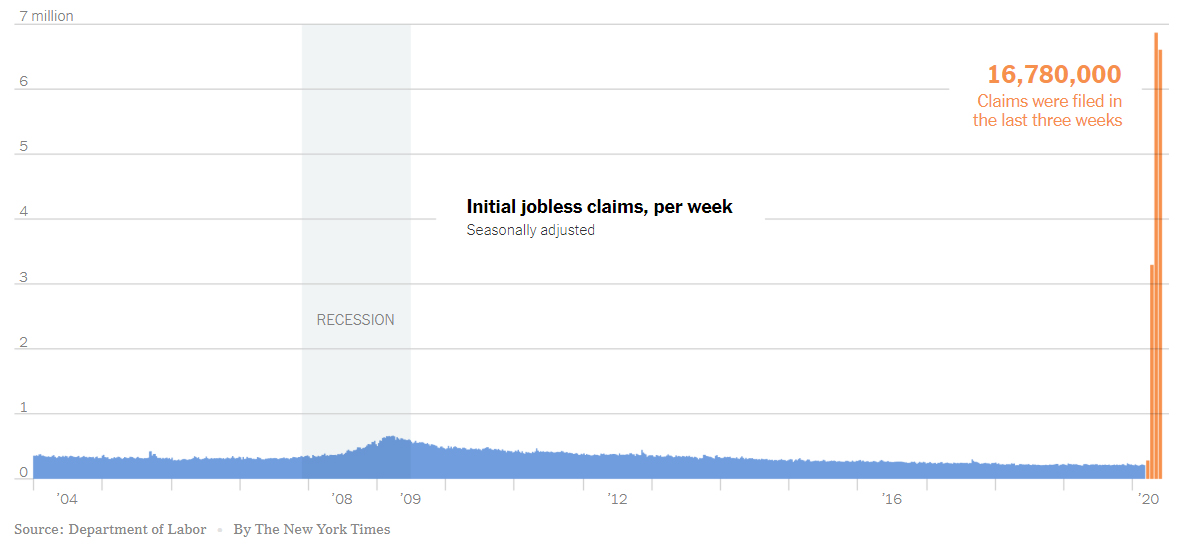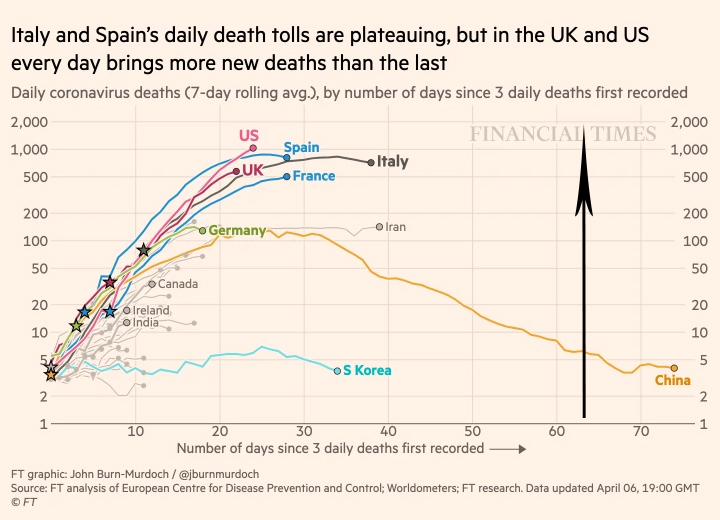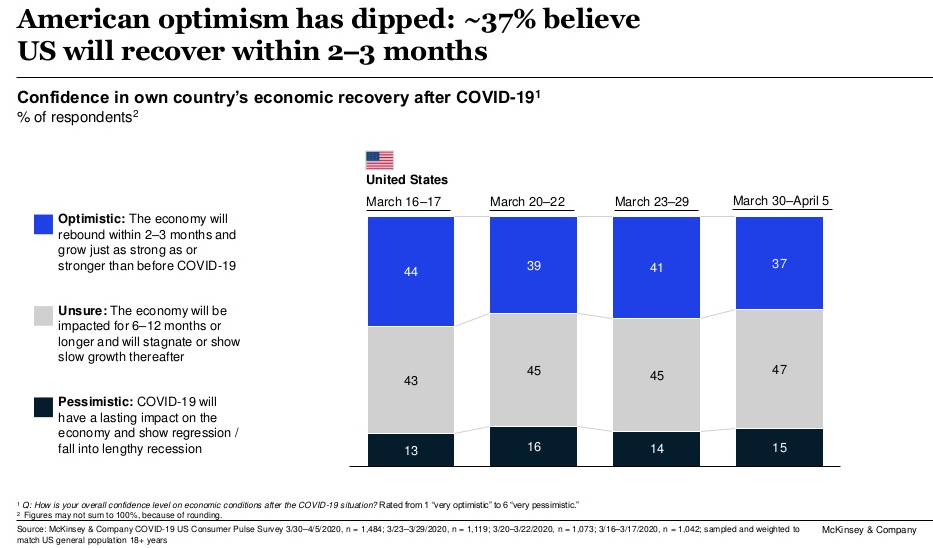Recently we wrote about the Federal Reserve's interest rate policy and how it may evolve, which is likely to position Biotechs well for the fourth quarter. We wanted to expand further on the monetary policy and how stocks may be poised for a surge, even though it may be short-term.
The interest rate environment remains highly fluid. At the September Federal Reserve (Fed) meeting, the central bank had forecast a 4.5% Federal Funds rate by the end of 2022. Presently, this rate is at 3.25%. That would suggest a 75 basis point move announced after the November 2 meeting and a 50 basis point announced on December 14, to end the year at 4.5%.
This aggressive path offers clarity and the stock market has already discounted the new rate path, though there is a sizable 46% market expectation that the December move will be for 75 basis points compared to a 52% expectation of a 50 basis points hike. For 2023, the Fed's forecast calls for an average 4.6% interest rate by year-end.
Early Signs Of A Potential Shift In Thinking
The Federal Reserve has made it abundantly clear that it is focused on taming inflation and until it sees a strong and consistent decline in inflation, it will not let up. So any further reinforcement by regional Federal Reserve presidents of the same policy line is not as much news. However, over the past few weeks, there have been a growing number of cautionary comments from the Federal Reserve about being careful with an aggressive interest rate policy.
Raphael Bostic, President, Federal Reserve Bank of Atlanta:
I do think that we’re going to do all that we can at the Federal Reserve to avoid deep, deep pain...there is a really good chance that if we have job losses it will be smaller than what we’ve seen in other situations." Face the Nation, as reported by CNBC, Sep 25, 2022
Mary Daly, President, Federal Reserve Bank of San Francisco:
The U.S. central bank is “resolute” about bringing down high inflation but also wants to do so “as gently as possible...to navigate through this high inflation environment as carefully as we can so that we don’t leave longer-term damage to our labor market.” 15th Asia Symposium, as reported by CNBC, Sep 27, 2022
Charles Evans, President, Federal Reserve Bank of Chicago:
"There are lags in monetary policy and we have moved expeditiously. We have done three 75 basis point increases in a row and there is a talk of more to get to that 4.25% to 4.5% by the end of the year, you’re not leaving much time to sort of look at each monthly release." CNBC interview, Sep 27, 2022
Lael Brainard, Vice Chair, Board of Governors, Federal Reserve:
The Federal Reserve has tightened policy strongly to bring inflation down, and U.S. tightening is being amplified by concurrent foreign tightening...uncertainty remains high, and I am paying close attention to the evolution of the outlook as well as global risks... In light of elevated global economic and financial uncertainty, moving forward deliberately and in a data-dependent manner will enable us to learn how economic activity, employment, and inflation are adjusting to cumulative tightening." Speech on Restoring Price Stability in an Uncertain Economic Environment, Federal Reserve, Oct 10, 2022
As the Federal Reserve has continued to prioritize inflation over economic pain, the above comments from the Fed leadership appear to suggest the beginning of a more flexible position.
There is a growing possibility of a pause entering next year, with perhaps the Feb 1 meeting delivering the final 50 basis point move to bring the interest rate to 5%, or no move at all, in which case the Fed waits out the first quarter and moves at the late March meeting.
A pause will allow the Fed to evaluate the lagging effect of its interest rate increases on aggregate demand. More interest-rate-sensitive sectors, like real estate, have seen demand decline rapidly. The Fed also has to be mindful of the global implications of a stronger dollar and rising rates. Dormant risks can become magnified in an environment where the cost of financing is rising rapidly.
Also, the Fed is likely to use smaller-sized hikes in 2023 as it shifts to calibrating its response rather than playing catch-up using a sledgehammer approach, like this year. So we will be entering a monetary policy environment next year of spaced-out, smaller-sized rate increases.
What If Inflation Was To Tumble?
The global monetary policy tightening by major central banks will likely have a strong impact on demand in 2023. While international shipping rates and commodities have dropped sharply indicating a demand slowdown, services-related price declines have not been as prominent yet.
The lagging effect of sharply rising rates will further curb demand. Supply chain tangles are resolving but have not yet achieved smoother pre-pandemic levels. But it will get there.
It is quite likely that the lagging effects of rising rates and the rapidly resolving supply chain issues combine during the second quarter of next year to start pushing inflation down forcefully, perhaps even tumble.
If inflation was to tumble later in the first half, it can prevent the policy from becoming more restrictive, and likely an easing could be envisioned in the second half. This will be a highly favorable scenario for the stock market. However, we would still need to avoid a meaningful recession, which can be done if the Fed is quick to correct its policy as it sees material progress on its inflation goals.
Conclusion
There is a significant amount of institutional money on the sidelines waiting for signs to step back into the market. The key moment is when the Fed can be expected to slow down its policy.
While there are no indications yet of a potential shift in the Federal Reserve's rate policy, it is likely that at its meeting on Nov 1-2 the bank will more actively consider the point when it can shift down in its rate hike approach. Any such indications of a move to a slower lane can unleash a sharp rally, even though the rally may be short-term if a recession looms.
Also, the stock market is just one good report away from a sharp rally and a retest of the 200-day moving average, from where it turned back last time.
Earnings season has been strong thus far, likely due to diminished expectations, and quarterly reporting will gather momentum this week.
This article was first published on Seeking Alpha.
